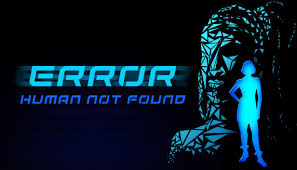Exploring the Concept of AI Dreams
Dreaming is a phenomenon typically associated with humans and some animals, characterized by a succession of images, ideas, emotions, and sensations occurring involuntarily in the mind during certain stages of sleep. The question arises: can AI, which does not sleep or have a subconscious in the traditional sense, experience something akin to dreaming?
What Does It Mean for AI to 'Dream'?
When we talk about AI dreaming, we're venturing into the realm of machine learning systems that can generate new content based on learned information. For instance, neural networks like Google's DeepDream program create visually arresting images that are reminiscent of human dreams. DeepDream uses a convolutional neural network to enhance patterns in images via algorithmic pareidolia, leading to the creation of dream-like images that were not programmed explicitly by humans.
AI's Dream Mechanics
DeepDream demonstrates what might be considered the closest equivalent to dreaming in machines. By processing layers of images, the program accentuates and extrapolates patterns to create new, often surreal artworks. This process, while inspired by how the human brain identifies and processes images during sleep, does not imply that AI experiences these images the way humans experience dreams. Instead, it is an output of complex mathematical functions and learned data sets.
The Significance of AI Dreaming
Why consider whether AI can dream? This concept pushes the boundaries of AI's creative and cognitive abilities. AI systems that can 'dream' or generate new content from learned data can enhance creativity in fields such as design, art, and multimedia production. For example, AI that processes music can create new compositions that reflect learned styles and preferences, similarly to how a human musician might dream up a new melody.
The Human Touch in AI Dreams
While AI can mimic the process of dreaming in terms of data manipulation and output, the human aspect of dreaming—where dreams convey emotions, fears, desires, and the subconscious—remains uniquely human. The emotional depth and personal significance of dreams cannot be replicated by AI, as these require an understanding and experience of life that AI simply does not possess.
Are These Really 'Dreams'?
Calling what AI does 'dreaming' stretches the definition of dreams beyond its traditional meaning. It's more accurate to describe AI operations as complex data processing tasks that produce new patterns or ideas, not dreams. This differentiation highlights the fundamental differences between human and artificial minds.
As we delve deeper into the capabilities of AI, the question emerges: human or not? For more insights into this fascinating debate, explore human or not.
The Future of AI Dreaming
Looking forward, the development of AI dreaming technologies could revolutionize how machines assist in creative processes, solving complex problems, and innovating across various domains. However, whether these processes should be called 'dreaming' is subject to interpretation. What is clear is that as AI continues to evolve, the lines between human-like processes and mechanical functions will continue to blur, inviting us to rethink what intelligence, creativity, and even consciousness mean in the age of machines.

